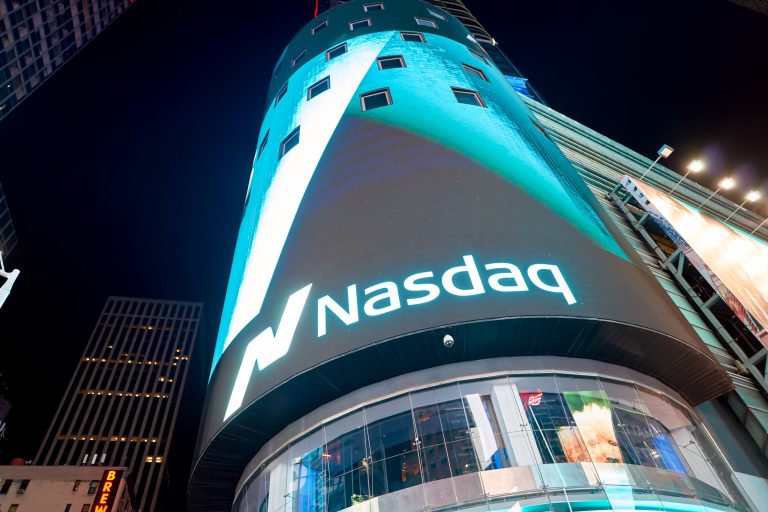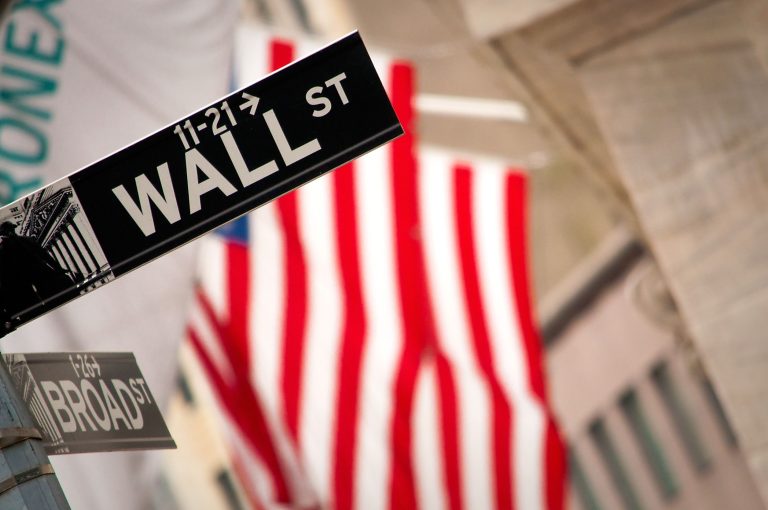The world’s billionaires are richer and more numerous than ever, with their collective wealth reaching unprecedented levels.
According to the 2023 Billionaire Census by Altrata, the global billionaire population grew by 4% to 3,323 individuals, while their combined net worth surged 9% to a staggering $12.1 trillion.
This remarkable concentration of wealth underscores the growing economic divide even among the super-rich.
An elite group of just 18 billionaires, each worth over $50 billion, now controls nearly $2 trillion—16% of all billionaire wealth.
This is a fourfold increase in their share compared to a decade ago, highlighting the rapid pace of wealth accumulation at the very top.
Tech tycoons and North America dominate the billionaire boom
North America remains the hub of billionaire wealth, with its billionaire population rising by 9.9% to 1,111 individuals.
The region’s collective wealth jumped 15.7% to surpass $5 trillion, driven by strong stock market gains and the meteoric rise of mega-cap technology stocks.
While Altrata’s report does not name individuals, the Bloomberg Billionaires Index identifies tech magnates like Elon Musk, Jeff Bezos, Mark Zuckerberg, and Nvidia CEO Jensen Huang as standout performers.
These leaders capitalized on bullish equity markets and investor confidence in tech-driven innovation.
Source: Wealth-X, an Altrata company, 2024
Unequal distribution among billionaires
Despite the surge in numbers, billionaire wealth remains unevenly distributed.
Most billionaires—84%—have fortunes between $1 billion and $5 billion, accounting for 42% of total billionaire wealth.
In contrast, a smaller cohort of 194 billionaires, each worth $10 billion or more, controls 41% of global billionaire wealth, or $5 trillion.
“The wealth of billionaires is increasing year-on-year, hitting the highest numbers on record,” said Maya Imberg, head of thought leadership at Altrata.
She credited compounding investment returns during economic growth periods for this accumulation, despite challenges such as inflation and geopolitical uncertainties.
Source: Wealth-X, an Altrata company, 2024
India leads in billionaire growth
India posted the fastest growth in billionaire numbers in 2023, with a 16% increase to 131 individuals.
Their collective wealth stands at $395 billion, making India the fourth-ranked country in billionaire wealth after the US, China, and Germany.
China, however, saw its billionaire count shrink by 15% to 304, with total wealth falling to $1.2 trillion.
Altrata attributes this decline to China’s slowing economy and underperforming stock markets, reflecting broader macroeconomic challenges.
Women billionaires gain ground globally
Female billionaires now account for 13% of the global total, numbering 431 individuals.
Among them, 38% inherited their fortunes, including Alice Walton, heir to Walmart, and Françoise Bettencourt Meyers, the world’s wealthiest woman and granddaughter of L’Oréal’s founder.
Interestingly, female billionaires are 1.5 times more likely than their male counterparts to own luxury real estate and 1.3 times more likely to invest in fine art.
Their portfolios also feature a higher proportion of privately held investments, often tied to multi-generational family businesses.
Self-made female billionaires are predominantly active in the financial services and technology sectors, while philanthropy and financial services are the most common areas of focus for female billionaires overall.
As the global billionaire population hits new records, the growing concentration of wealth at the top sparks debates about its broader economic and societal implications.
The post Billionaire boom: Wealthiest individuals are growing richer and more numerous than ever appeared first on Invezz










